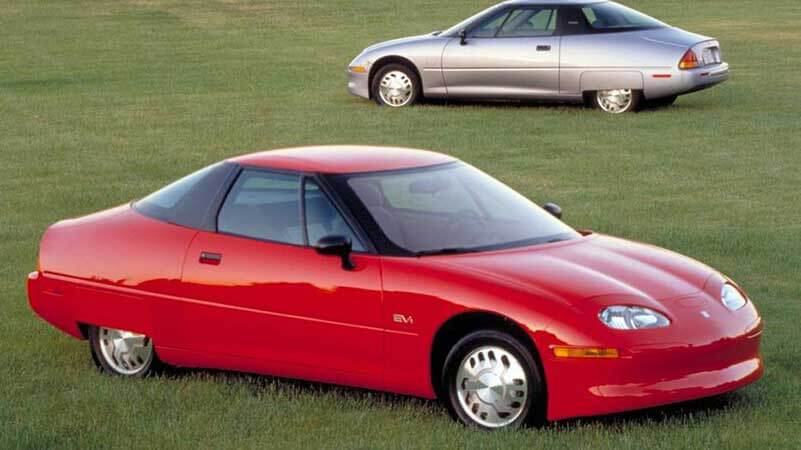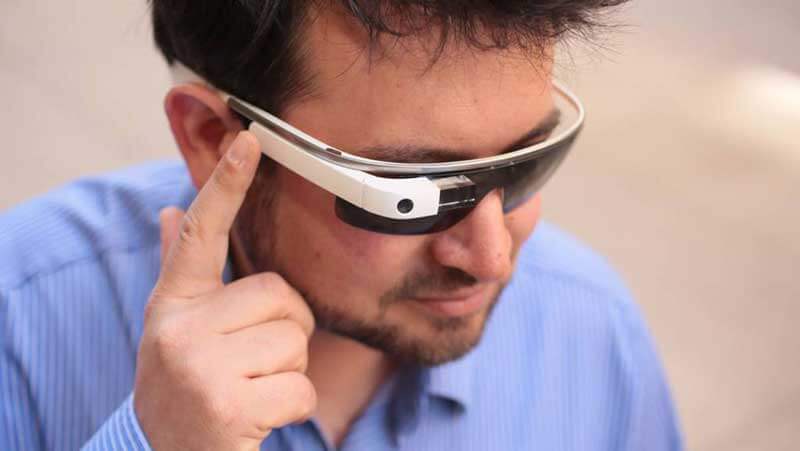- The BlackBerry 850: addictive connectivity
- GM’s EV-1: the inspiration for the Tesla electric car
- Google Glass: jump-starting a wearable revolution
Sometimes, a tech innovation that’s truly visionary can change the world. Whether that’s Karl Benz’s invention of the automobile or Robert E. Kahn, Vint Cerf, and Tim Berners-Lee’s creation of what would eventually be called the internet, it’s easy to appreciate how these new technologies transformed how we work and live. They’re not just cool gadgets; they’re transformative – there’s no going back to how we lived before them.
But not all amazing inventions succeed, and sometimes, even a great idea just comes too soon, arriving before the tech is ready. In other cases, an innovation is trend-defining even though it isn’t quite the shape of things to come. Whatever the cause of their demise, the very best of these incredible duds are still prophetic masterpieces, predicting a future they just couldn’t realise. Let’s take a look at three such innovations to see how today’s trends were predicted decades ago and better assess what tomorrow might bring.
The BlackBerry 850: addictive connectivity
Research In Motion, or RIM, was the Canadian company that arguably launched the smartphone craze. Back when a pager was cutting-edge, RIM’s co-founders, Mike Lazaridis and Douglas Fregin, had an amazing idea. What if you could send and receive messages on your pager? Their BlackBerry 850, available in 1999, did just that. Featuring a small, monochrome screen, a built-in keyboard, and a scroll wheel mounted to the right, the 850 was a pager on steroids, capable of handling basic email and rudimentary HTML browsing.
This simple device was a world-shaking trend in the making, allowing secure, mobile productivity for governments and corporations whose workforce was increasingly on the go, and its iconic thumb-friendly keyboard has been retrospectively described as “the best text-input method ever devised for a pocketable device”. BlackBerry quickly rose to dominance in the US, the market that’s the high-tech kingmaker, and from restaurant tables in swank Georgetown restaurants to the escalators descending to DC’s Metro, everyone who was anyone in a suit could be seen thumbing away distractedly. So addictive was this new connectivity that these tiny gadgets soon earned the nickname “CrackBerry”, to the surprise of no one with a smartphone now.

Visionary as BlackBerry’s range of products was, its demise was a function of its success. Grown slow and conservative, the company failed to adapt to an emerging trend in the smartphone world: large touchscreens. Instead, it clung rigidly to a small screen, a scroll wheel, and a keyboard. By contrast, upstart companies like Apple, HTC, and LG were embracing the new, assessing evolving customer expectations, and experimenting with then radical approaches to screen tech. By 2011, the writing was on the wall, and BlackBerry’s been dying a slow death for almost a decade. Nevertheless, our current connectivity obsession owes a lot to the 850.
GM’s EV-1: the inspiration for the Tesla electric car
Tesla’s fleet of fully electric cars is unquestionably innovative, but it might surprise you to learn that Martin Eberhard, Marc Tarpenning, Elon Musk, JB Straubel, and Ian Wright founded the company out of disappointment that General Motors (GM) had scrapped its own electric car, the EV-1.

The EV-1 was the first mass-produced, fully electric car, essentially an experiment into the technical feasibility and consumer demand for so-called ‘zero emission’ vehicles. GM had been toying with an all-electric design since the late 80s, unveiling the Impact, a concept car, at the 1990 L.A. Auto Show. The EV-1 was the production model descending from this concept. Designed to meet the stringent new fleet requirements demanded by California state law, the EV-1 was purpose-built as an electric vehicle, as the Teslas are, rather than adapting an existing design to the new engine and battery. It took advantage of revolutionary (for the time) materials like aluminium and plastic, reducing the frame and body weight to improve its range and speed. Other details like a super-low drag coefficient and specially designed Michelin tyres improved these even further.
From 1996 to 2003, it was offered for lease but not for sale. A commercial failure despite strong public support, conspiracies abound, including claims that GM sabotaged the EV-1 out of fear that electric vehicles would kill the lucrative parts market and allegations that the oil industry had a hand in its demise. Whatever the merits of these explanations, the most probable issue was simple cost and performance. Despite a loyal following in southern California and Arizona, the batteries simply couldn’t perform in colder weather, making this a regional possibility at best. Worse still, the estimated cost per vehicle was a staggering $80,000 to $100,000 for the automaker, meaning that this was simply not a viable product.
Despite this, the EV-1 demonstrated that electric vehicles were coming of age, and as the tech leapt forward over the next decade, it was clear that GM had the right idea.
Google Glass: jump-starting a wearable revolution
The newest of these failures is Google Glass, a wearable device sporting a head-mounted display that was intended to offer smartphone-like performance, hands-free. Developed by Google’s X, its high-tech development wing, Google Glass first reached the public on April 15, 2013, selling to early adopters for a painful $1,500.
The idea behind the wearable is simply genius. Its goal was to provide hands-free, ubiquitous computing that could provide the functions we now rely on smartphones for, things like email, text, calls, news, and browsing. It featured a touchpad mounted on the frame, a camera, and a tiny display mounted in the user’s field of vision. While not the first wearable, it was a leap forward from fitness trackers and the like, pointing toward a tomorrow when you might check your email through an optical implant or a subdermal display.

Smartphones aren’t the future, and it’s easy to imagine replacing them with more elegant tech. Unfortunately, ‘elegant’ was not a word anyone used to describe Google Glass, and among other problems, the nerd factor of talking to this ugly wearable in public was just too much for most consumers. It’s high price didn’t help either, nor did privacy concerns about the ease with which users could capture video without permission. Movie theatres, nightclubs, and other social venues banned Google Glass even before it was available to the public, and Google quickly ended this tech experiment.
These three tech duds aren’t just cool stories about a painful failure. Instead, they’re examples of how emerging trends aren’t clean, clear tales of smooth progress. They’re also inspiring lessons in innovation that illustrate how a single good idea can supercharge the future. BlackBerry’s 850 wouldn’t impress anyone now, nor would the EV-1 look great as a competitor to the Tesla 3, and no one’s craving Google Glass’s return. Nonetheless, these trend-generating ‘failures’ are creative leaps toward what’s possible and defining moments in the history of tomorrow’s tech.
Share via:


